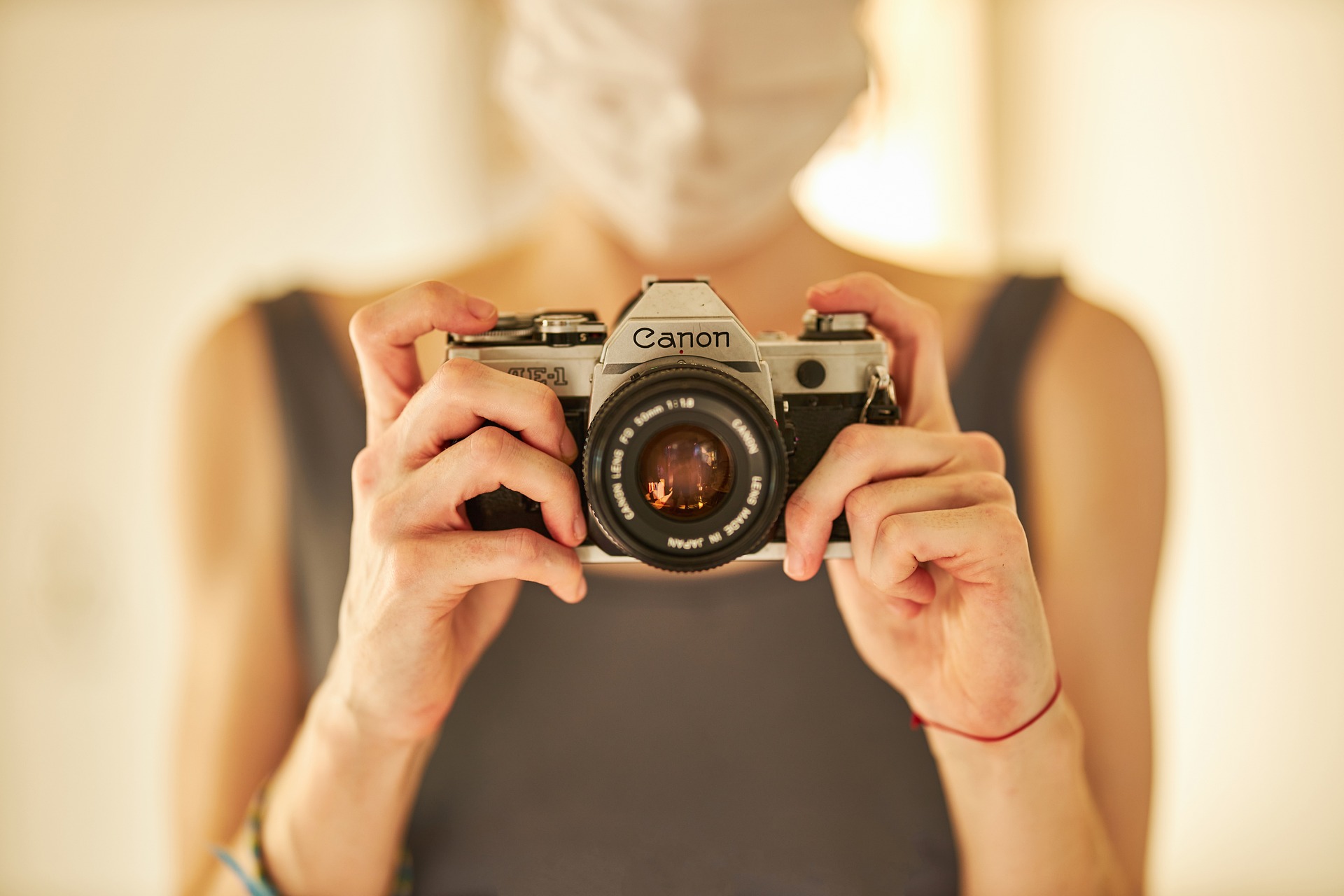Analog Resurgence in a Digital World
In an era dominated by digital technology, a surprising trend is emerging: the resurgence of analog experiences. From vinyl records to film photography, handwritten letters to board games, people are increasingly seeking out tactile, physical experiences in their daily lives. This shift represents more than just nostalgia; it's a complex sociological phenomenon that speaks to our deepest human needs in an increasingly virtual world. Read below to explore the factors driving this trend and its implications for modern society.

The Origins of Analog Nostalgia
The roots of this analog resurgence can be traced back to the rapid digitalization of society in the late 20th and early 21st centuries. As digital technologies became ubiquitous, transforming everything from communication to entertainment, a sense of loss began to emerge. People started to miss the tactile experiences, the imperfections, and the sense of permanence associated with analog media and experiences.
This nostalgia was initially dismissed as a passing fad, but it has proven to be a lasting and growing trend. Sociologists argue that this phenomenon is not just about romanticizing the past, but about addressing fundamental human needs that digital technologies often fail to satisfy.
The Psychological Appeal of Analog
The appeal of analog experiences goes beyond mere novelty. Research in cognitive psychology suggests that physical, tactile experiences engage our senses in ways that digital alternatives cannot. The act of flipping through a physical book, for instance, activates spatial memory, potentially enhancing comprehension and retention of information.
Moreover, analog activities often require more focused attention, providing a respite from the constant multitasking encouraged by digital devices. This can lead to a sense of mindfulness and presence, which many find increasingly valuable in our distraction-filled world.
Social Connections in the Analog Space
One of the most significant drivers of the analog resurgence is the desire for authentic social connections. While digital platforms have made it easier to stay in touch, many people report feeling more isolated than ever. Analog activities, from board game nights to vinyl listening parties, create opportunities for face-to-face interactions and shared experiences.
These gatherings often foster a sense of community and belonging that can be difficult to replicate in digital spaces. The shared appreciation for analog mediums can serve as a bonding experience, creating deeper and more meaningful connections among participants.
The Aesthetics of Imperfection
In a world where digital technology strives for perfection, the imperfections of analog mediums have become increasingly appealing. The warm crackle of a vinyl record, the grain of a film photograph, or the unique handwriting in a letter all possess a charm that many find lacking in their digital counterparts.
This appreciation for imperfection extends beyond media consumption. There’s a growing interest in handmade goods, artisanal products, and DIY culture. These trends reflect a desire for uniqueness and authenticity in a mass-produced world, as well as a reconnection with the physical act of creation.
Balancing Digital and Analog in Modern Life
The analog resurgence doesn’t signal a wholesale rejection of digital technology. Instead, it represents a more nuanced approach to integrating technology into our lives. Many people are finding ways to balance their digital and analog experiences, using each for its unique strengths.
For example, someone might use a digital calendar for scheduling but keep a physical journal for personal reflections. Or they might stream music for convenience but collect vinyl records for a more immersive listening experience at home. This hybrid approach allows individuals to enjoy the benefits of both worlds.
The Economic Impact of Analog Trends
The renewed interest in analog products and experiences has had significant economic implications. Industries that were once thought to be obsolete have found new life. Vinyl record sales, for instance, have seen consistent growth over the past decade, with many new pressing plants opening to meet demand.
Similarly, there’s been a resurgence in analog photography, with film manufacturers reporting increased sales and new companies entering the market. This trend extends to other areas as well, from fountain pens to mechanical watches, creating new opportunities for businesses and artisans.
Environmental Considerations
The analog resurgence also intersects with growing environmental concerns. While digital technologies were once touted as more environmentally friendly alternatives to physical products, the reality is more complex. The environmental cost of producing and disposing of electronic devices, as well as the energy consumption of data centers, has led some to reconsider the ecological impact of our digital lives.
In contrast, many analog products are designed for longevity and can be repaired rather than replaced. This aligns with a growing interest in sustainable consumption and reducing electronic waste. However, it’s important to note that analog production can also have significant environmental impacts, and the overall ecological picture is nuanced.
The Future of Analog in a Digital World
As we look to the future, it’s clear that the analog resurgence is more than a passing trend. It represents a fundamental shift in how we relate to technology and each other. While digital technologies will continue to play a crucial role in our lives, the renewed appreciation for analog experiences suggests a more balanced approach moving forward.
This trend also highlights the importance of sensory experiences and human connection in our increasingly virtual world. As technology continues to advance, it’s likely that we’ll see more hybrid approaches that blend the best of both analog and digital realms, creating richer, more fulfilling experiences that cater to our complex human needs.
The analog resurgence serves as a reminder that in our rush to embrace new technologies, we shouldn’t lose sight of the simple pleasures and profound connections that come from engaging with the physical world. As we navigate the digital age, finding ways to incorporate meaningful analog experiences into our lives may be key to maintaining our well-being and sense of humanity.





